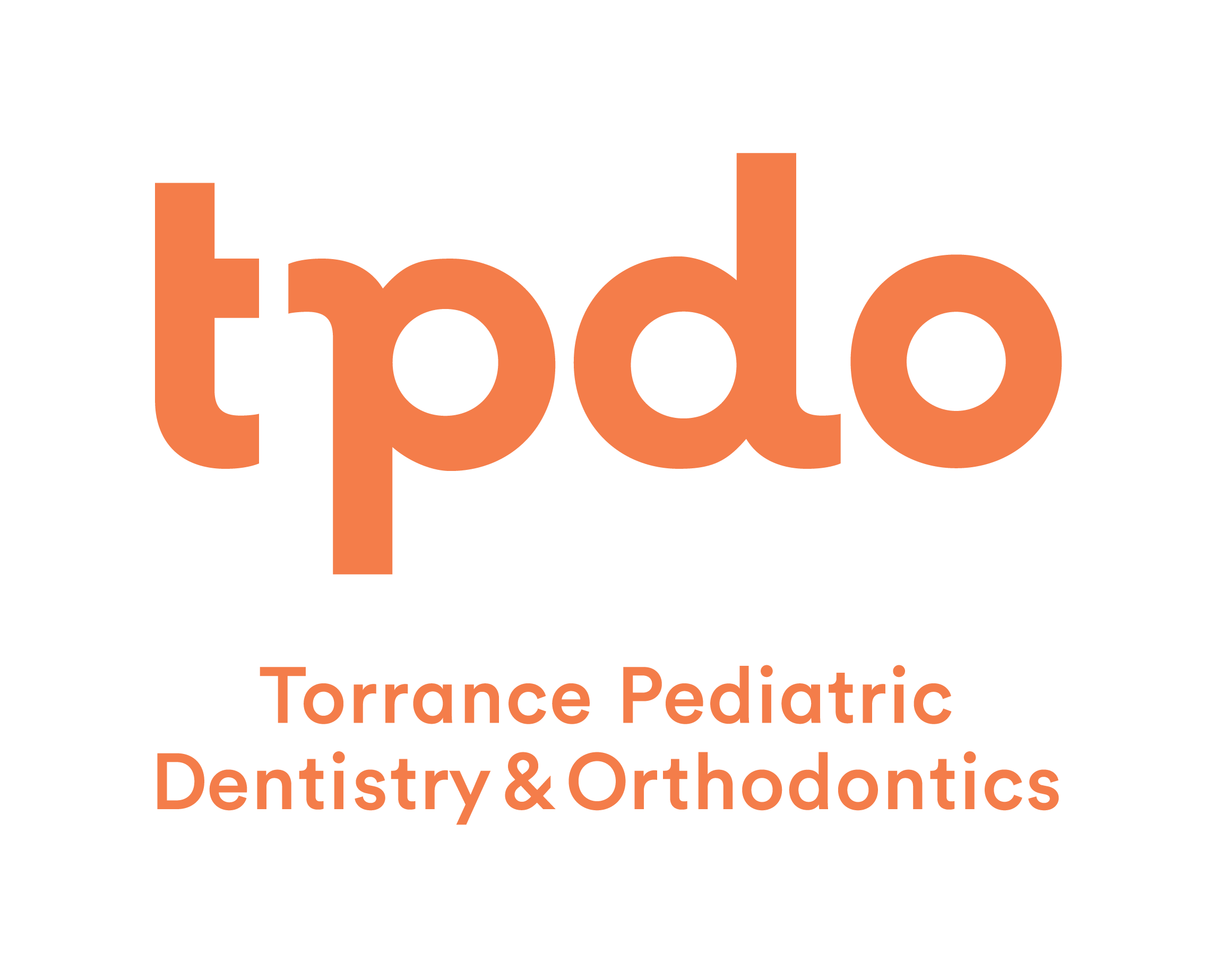Orthodontic FAQ
Q: At what age should orthodontic treatment begin?
A: Orthodontic treatment can be started at any age. The American Association of Orthodontists recommends that every child visit an orthodontist by age seven. Many orthodontic problems are easier to correct if detected at an early age before jaw growth has slowed. Early treatment may mean that a patient can avoid surgery or more serious complications.
Q: What is phase I and phase II treatment?
A: Phase I, or early interceptive treatment, is limited orthodontic treatment (e.g. expander) before all of the permanent teeth have erupted. Phase II treatment is most often referred to as comprehensive treatment, because it involves full braces when all of the permanent teeth have erupted, usually between the ages of eleven and thirteen.
Q: Usually I see children with braces, but would they also benefit an adult?
A: Orthodontic treatment can be successful at any age. Everyone wants a beautiful and healthy smile. Twenty to twenty-five percent of orthodontic patients today are adults.
Q: How long does orthodontic treatment usually take?
A: Treatment times vary on a case-by-case basis, but the average time is from one to two years. Actual treatment time can be affected by rate of growth and severity of correction needed. Treatment length is also dependent upon patient compliance. Maintaining good oral hygiene and keeping regular appointments are critical in keeping treatment time on schedule.
Q: Will braces interfere with playing sports?
A: No. It is recommended, however, that patients protect their smiles by wearing a mouthguard when participating in any sporting activity.
